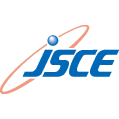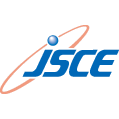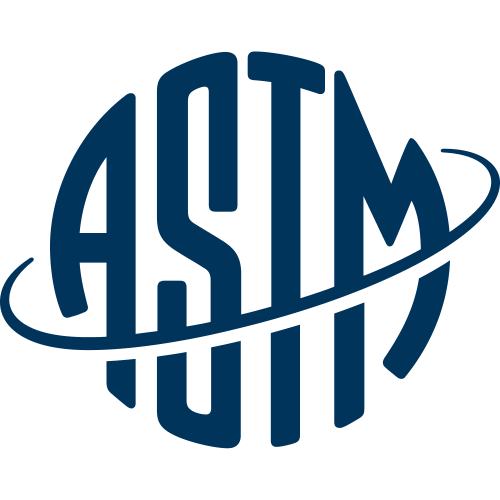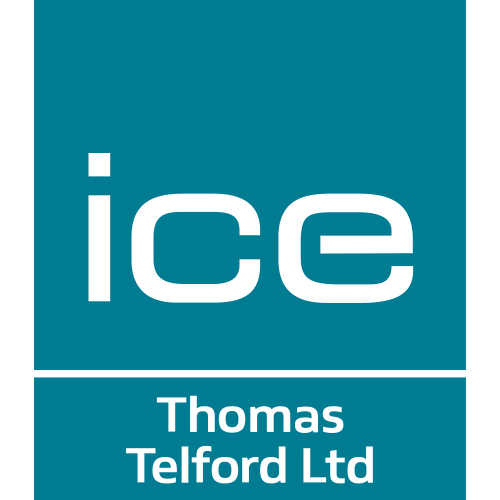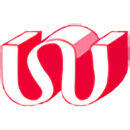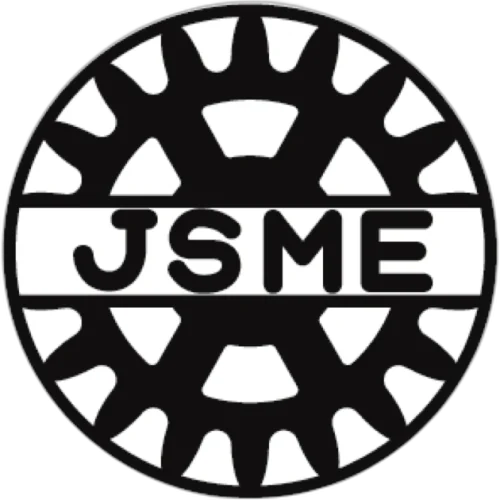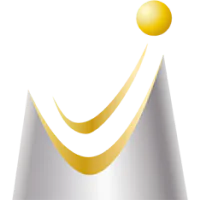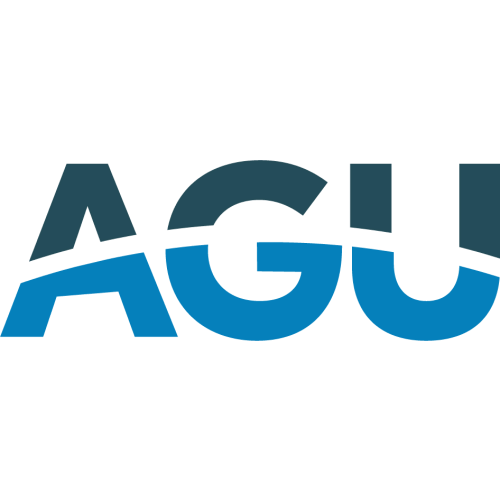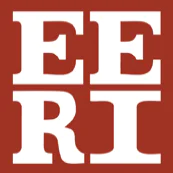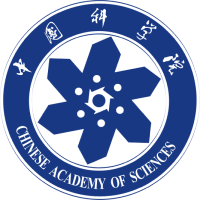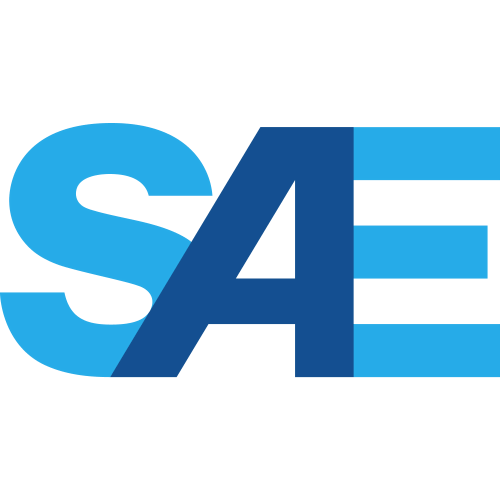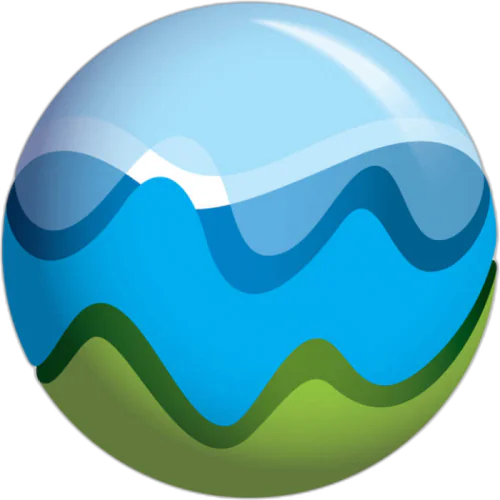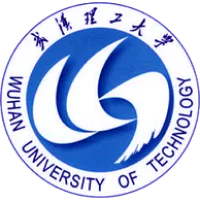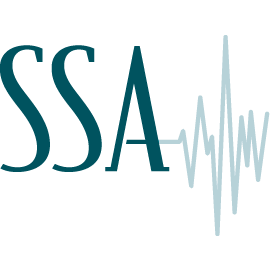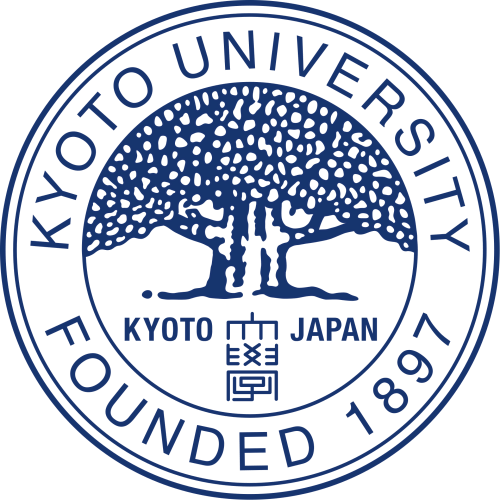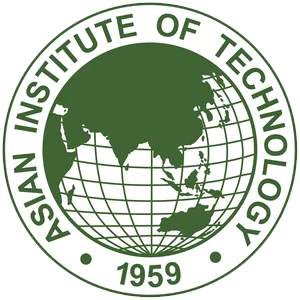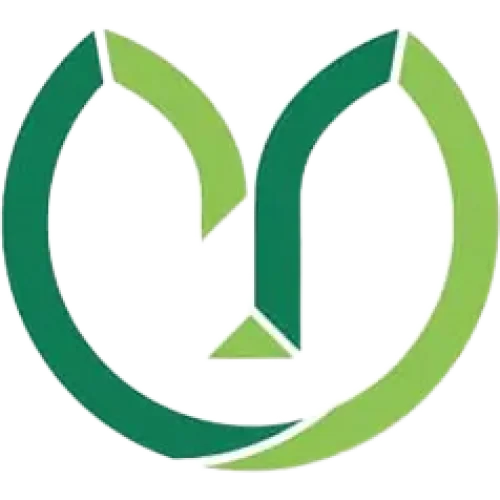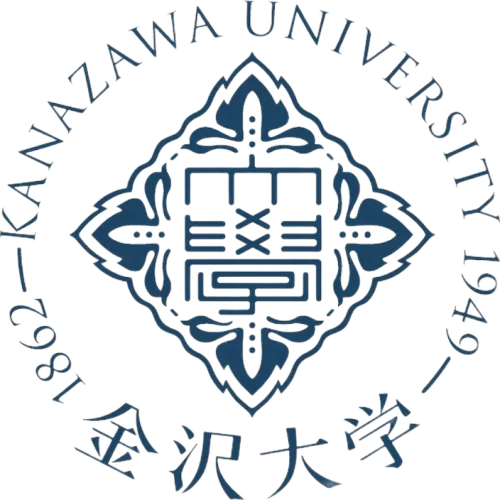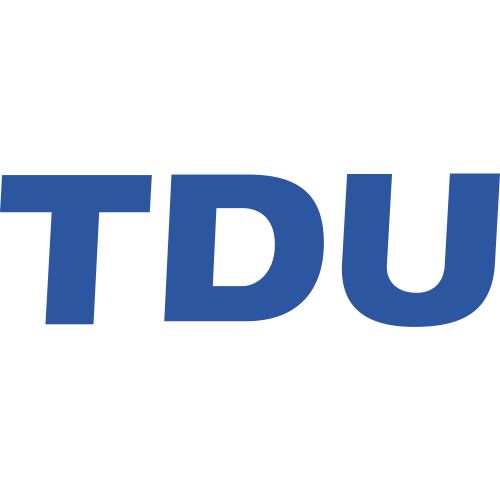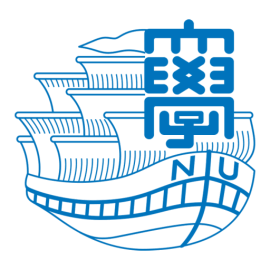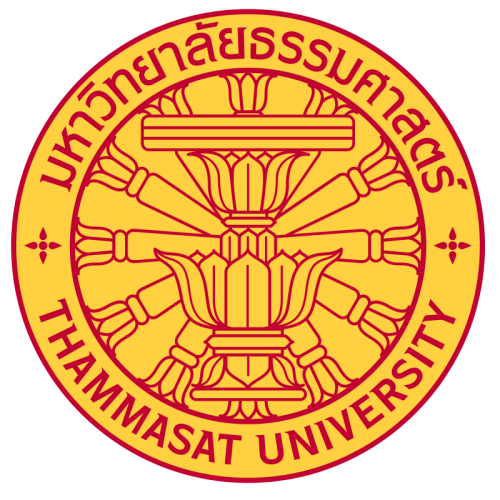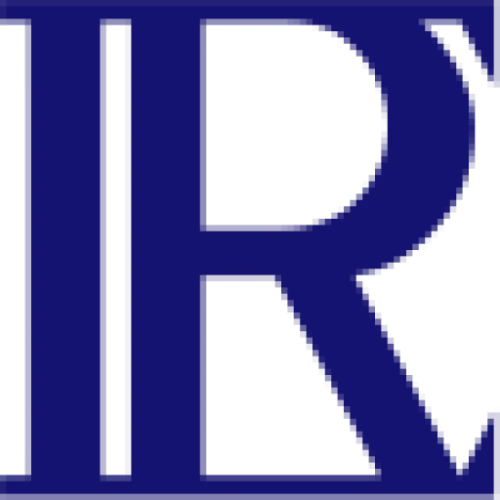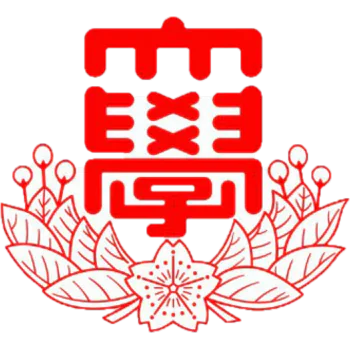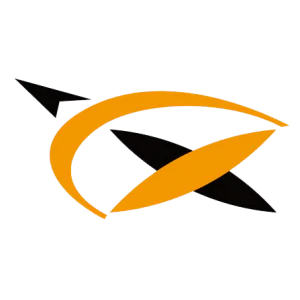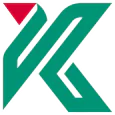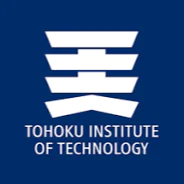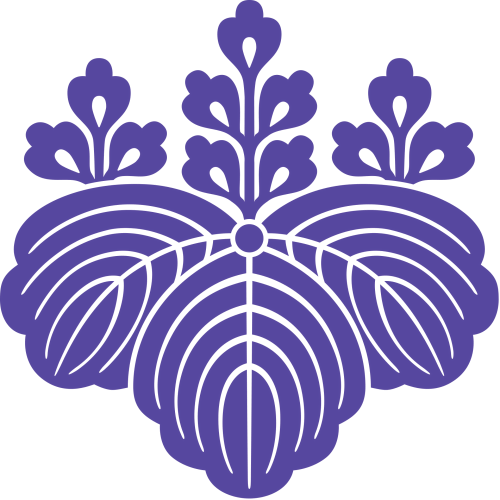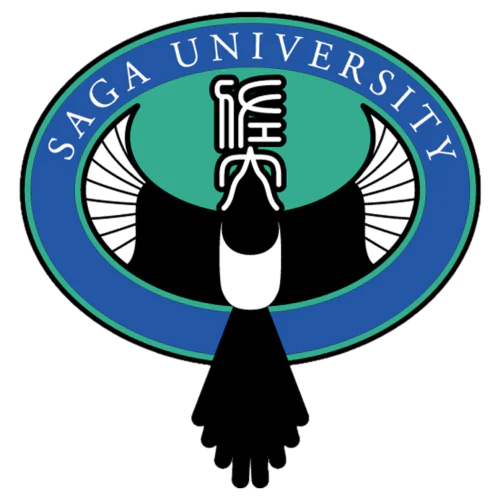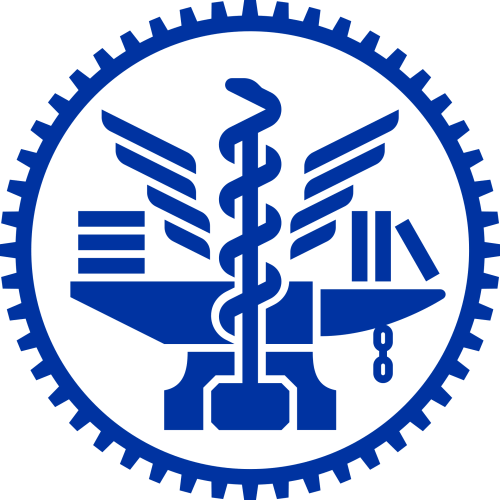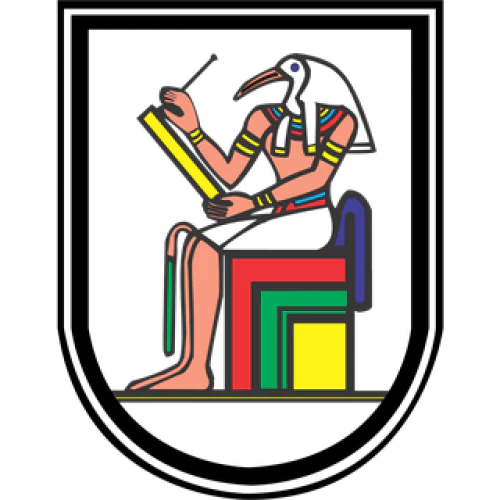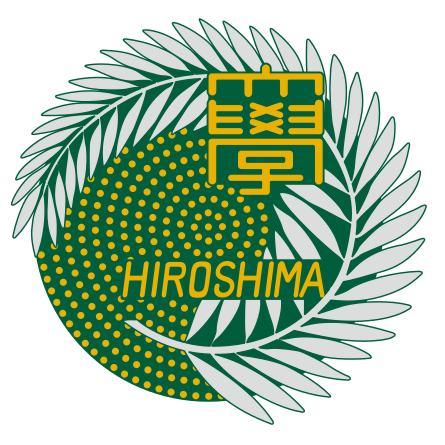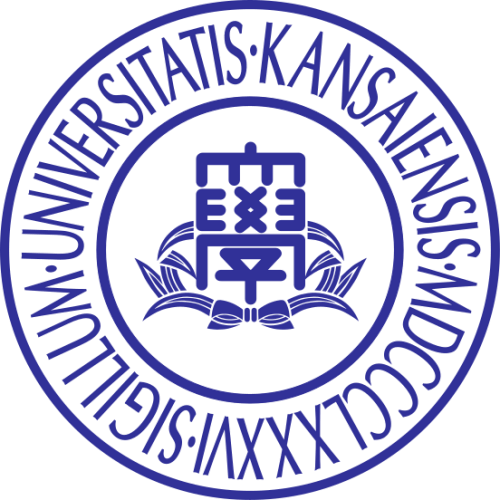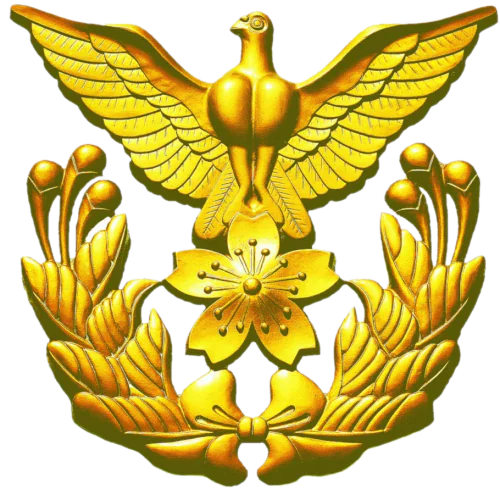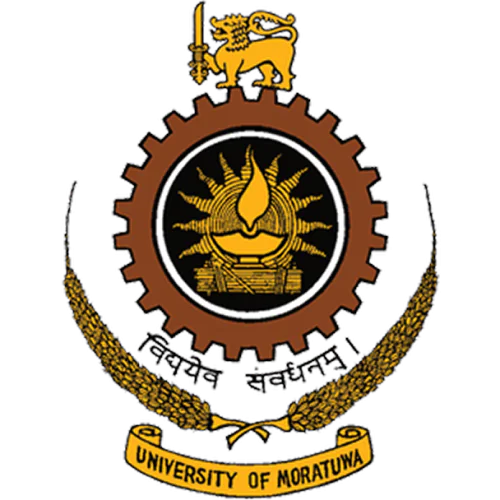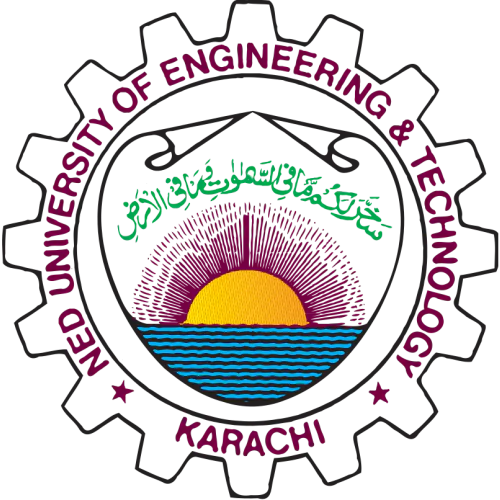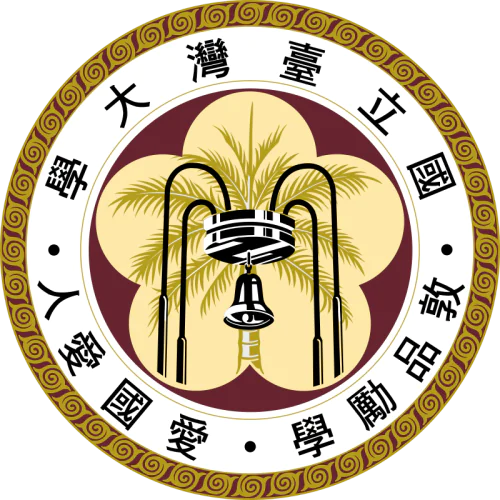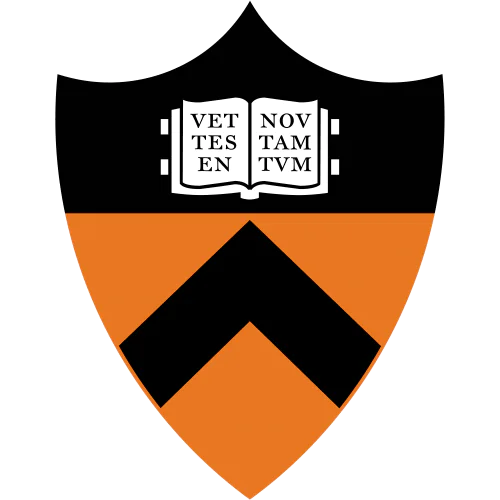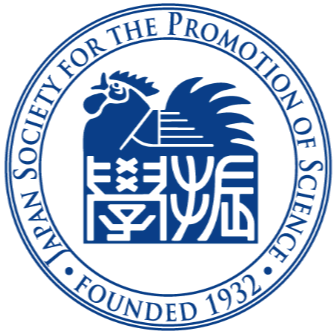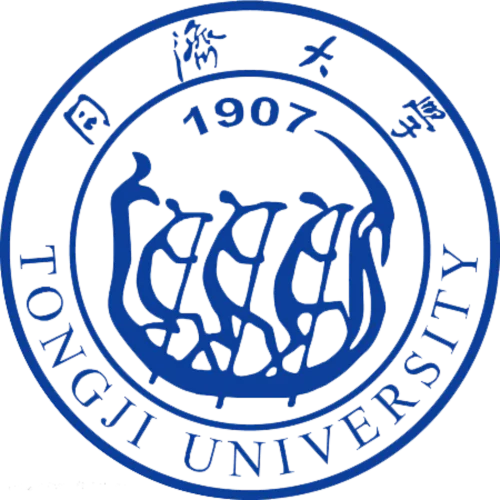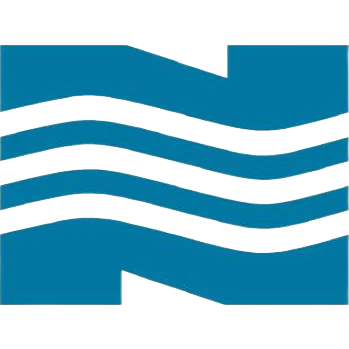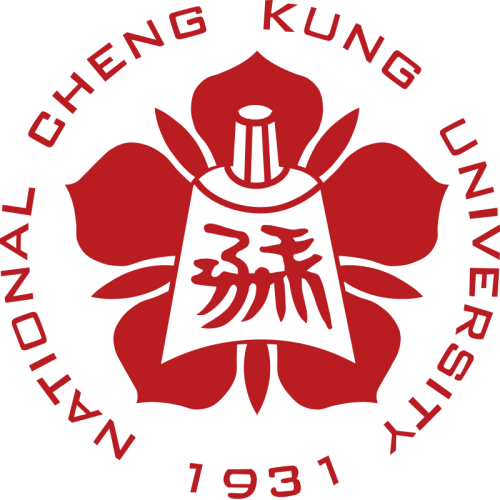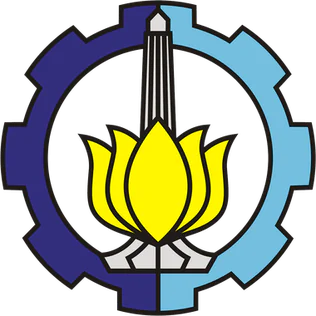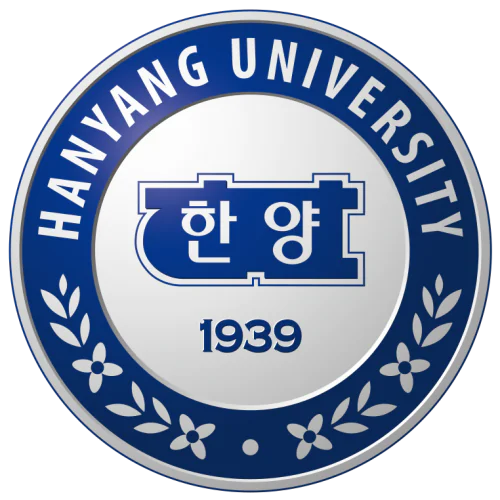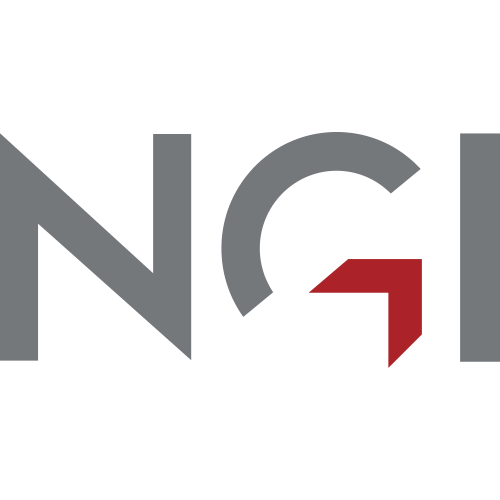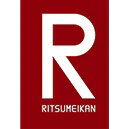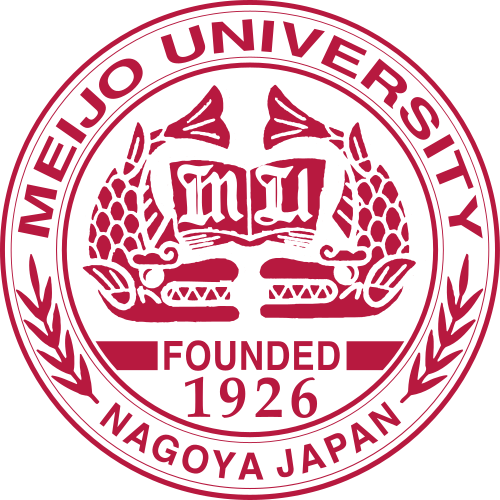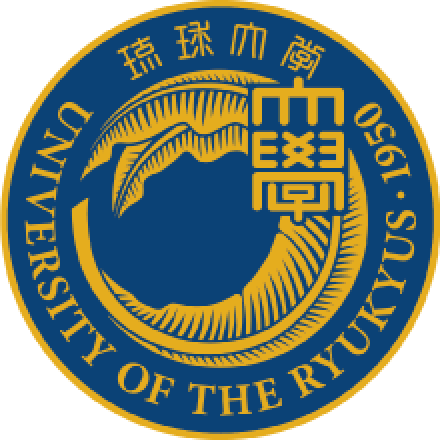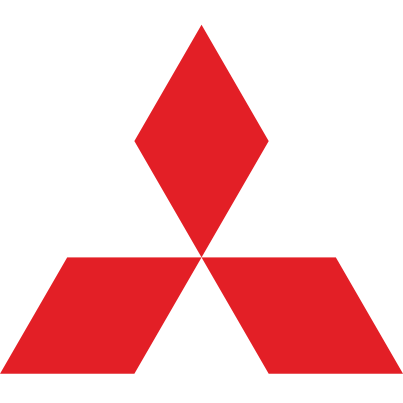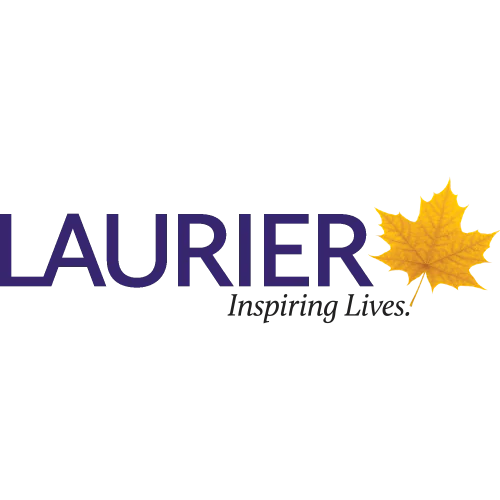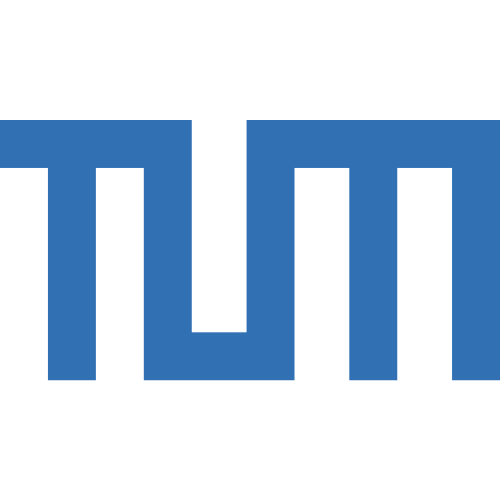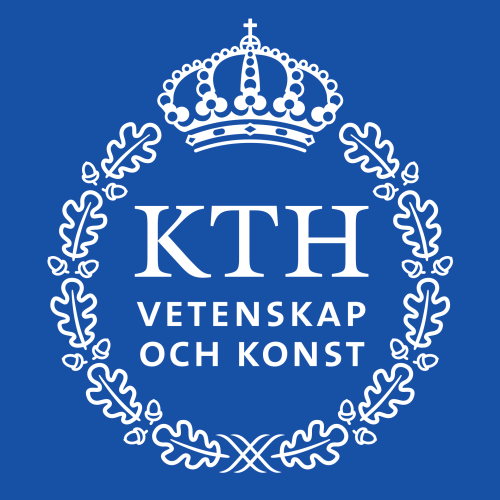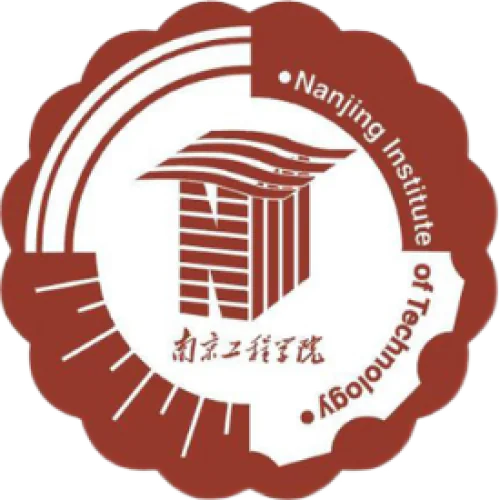|
|
|
|
Doboku Gakkai Ronbunshu
5806 citations, 33.87%
|
|
|
Doboku Gakkai Ronbunshuu A
569 citations, 3.32%
|
|
|
Doboku Gakkai Ronbunshuu C
568 citations, 3.31%
|
|
|
Doboku Gakkai Ronbunshuu E
382 citations, 2.23%
|
|
|
Journal of Structural and Construction Engineering
346 citations, 2.02%
|
|
|
Doboku Gakkai Ronbunshuu F
296 citations, 1.73%
|
|
|
Doboku Gakkai Ronbunshuu D
246 citations, 1.44%
|
|
|
Zairyo/Journal of the Society of Materials Science, Japan
224 citations, 1.31%
|
|
|
Journal of Japan Society of Civil Engineers Ser A1 (Structural Engineering & Earthquake Engineering (SE/EE))
223 citations, 1.3%
|
|
|
Japanese Journal of JSCE
217 citations, 1.27%
|
|
|
Doboku Gakkai Ronbunshuu B
184 citations, 1.07%
|
|
|
Construction and Building Materials
175 citations, 1.02%
|
|
|
Journal of Advanced Concrete Technology
157 citations, 0.92%
|
|
|
Engineering Structures
156 citations, 0.91%
|
|
|
STRUCTURAL ENGINEERING / EARTHQUAKE ENGINEERING
136 citations, 0.79%
|
|
|
Journal of Structural Engineering
113 citations, 0.66%
|
|
|
Structures
113 citations, 0.66%
|
|
|
Lecture Notes in Civil Engineering
105 citations, 0.61%
|
|
|
Journal of Japan Society of Civil Engineers
105 citations, 0.61%
|
|
|
Tunnelling and Underground Space Technology
98 citations, 0.57%
|
|
|
Journal of Japan Society of Civil Engineers Ser B2 (Coastal Engineering)
93 citations, 0.54%
|
|
|
Applied Sciences (Switzerland)
92 citations, 0.54%
|
|
|
Journal of Japan Society of Civil Engineers, Ser. B1 (Hydraulic Engineering)
87 citations, 0.51%
|
|
|
Journal of Japan Association for Earthquake Engineering
84 citations, 0.49%
|
|
|
Soil Dynamics and Earthquake Engineering
82 citations, 0.48%
|
|
|
Journal of Engineering Mechanics - ASCE
75 citations, 0.44%
|
|
|
Soils and Foundations
71 citations, 0.41%
|
|
|
Journal of Japan Society of Civil Engineers Ser E2 (Materials and Concrete Structures)
71 citations, 0.41%
|
|
|
Doboku Gakkai Ronbunshuu G
66 citations, 0.39%
|
|
|
Journal of Japan Society of Civil Engineers Ser D3 (Infrastructure Planning and Management)
65 citations, 0.38%
|
|
|
Journal of MMIJ
63 citations, 0.37%
|
|
|
Journal of Disaster Research
61 citations, 0.36%
|
|
|
Journal of Bridge Engineering
61 citations, 0.36%
|
|
|
Journal of Japan Society of Civil Engineers Ser C (Geosphere Engineering)
61 citations, 0.36%
|
|
|
Japanese Geotechnical Society Special Publication
61 citations, 0.36%
|
|
|
Japanese Geotechnical Journal
59 citations, 0.34%
|
|
|
Journal of the City Planning Institute of Japan
57 citations, 0.33%
|
|
|
Buildings
51 citations, 0.3%
|
|
|
Journal of Architecture and Planning (Transactions of AIJ)
49 citations, 0.29%
|
|
|
Quarterly Report of RTRI (Railway Technical Research Institute) (Japan)
47 citations, 0.27%
|
|
|
Computers and Geotechnics
46 citations, 0.27%
|
|
|
JOURNAL OF JAPAN SOCIETY OF HYDROLOGY AND WATER RESOURCES
46 citations, 0.27%
|
|
|
Journal of Geotechnical and Geoenvironmental Engineering - ASCE
43 citations, 0.25%
|
|
|
Materials
43 citations, 0.25%
|
|
|
Shigen-to-Sozai
43 citations, 0.25%
|
|
|
AIJ Journal of Technology and Design
42 citations, 0.25%
|
|
|
Applied Mechanics and Materials
40 citations, 0.23%
|
|
|
Yosetsu Gakkai Ronbunshu/Quarterly Journal of the Japan Welding Society
39 citations, 0.23%
|
|
|
Journal of Materials in Civil Engineering
39 citations, 0.23%
|
|
|
KSCE Journal of Civil Engineering
39 citations, 0.23%
|
|
|
Advanced Materials Research
39 citations, 0.23%
|
|
|
Journal of Japan Society of Civil Engineers Ser B3 (Ocean Engineering)
38 citations, 0.22%
|
|
|
Journal of Building Engineering
37 citations, 0.22%
|
|
|
Sustainability
37 citations, 0.22%
|
|
|
Journal of Hydraulic Engineering
36 citations, 0.21%
|
|
|
Journal of Constructional Steel Research
36 citations, 0.21%
|
|
|
Structure and Infrastructure Engineering
36 citations, 0.21%
|
|
|
Journal of Japan Society of Civil Engineers, Ser. E1 (Pavement Engineering)
36 citations, 0.21%
|
|
|
Geotechnical, Geological and Earthquake Engineering
33 citations, 0.19%
|
|
|
Zairyo-to-Kankyo
32 citations, 0.19%
|
|
|
Journal of Japan Society of Civil Engineers Ser F1 (Tunnel Engineering)
31 citations, 0.18%
|
|
|
Structural Concrete
30 citations, 0.18%
|
|
|
Journal of Environmental Engineering (Japan)
30 citations, 0.18%
|
|
|
Water (Switzerland)
30 citations, 0.18%
|
|
|
Journal of Composites for Construction
29 citations, 0.17%
|
|
|
Geosynthetics Engineering Journal
29 citations, 0.17%
|
|
|
ACI Structural Journal
28 citations, 0.16%
|
|
|
Transportation Research, Part A: Policy and Practice
28 citations, 0.16%
|
|
|
Thin-Walled Structures
28 citations, 0.16%
|
|
|
Journal of Japan Society on Water Environment
28 citations, 0.16%
|
|
|
AIP Conference Proceedings
27 citations, 0.16%
|
|
|
Bulletin of Earthquake Engineering
26 citations, 0.15%
|
|
|
Studies in Regional Science
25 citations, 0.15%
|
|
|
Case Studies in Construction Materials
24 citations, 0.14%
|
|
|
Key Engineering Materials
24 citations, 0.14%
|
|
|
Earthquake Engineering and Structural Dynamics
23 citations, 0.13%
|
|
|
Advances in Structural Engineering
23 citations, 0.13%
|
|
|
International Journal of Steel Structures
23 citations, 0.13%
|
|
|
Geotechnical Testing Journal
22 citations, 0.13%
|
|
|
International Journal of Geomechanics
21 citations, 0.12%
|
|
|
Materials and Structures/Materiaux et Constructions
21 citations, 0.12%
|
|
|
Acta Geotechnica
21 citations, 0.12%
|
|
|
Journal of Japan Society of Civil Engineers Ser A2 (Applied Mechanics (AM))
21 citations, 0.12%
|
|
|
Transportation Research, Series B: Methodological
20 citations, 0.12%
|
|
|
Journal of Geography (Chigaku Zasshi)
20 citations, 0.12%
|
|
|
Journal of Japan Society of Civil Engineers Ser G (Environmental Research)
20 citations, 0.12%
|
|
|
Transportation
19 citations, 0.11%
|
|
|
Bulletin of Engineering Geology and the Environment
19 citations, 0.11%
|
|
|
Geotechnical and Geological Engineering
19 citations, 0.11%
|
|
|
Journal of the Japan Landslide Society
19 citations, 0.11%
|
|
|
Shock and Vibration
18 citations, 0.11%
|
|
|
Cement and Concrete Composites
18 citations, 0.11%
|
|
|
Scientific Reports
18 citations, 0.11%
|
|
|
Transportation Geotechnics
18 citations, 0.11%
|
|
|
Best Practice Guideline for Statistical Analyses of Fatigue Results
18 citations, 0.11%
|
|
|
Marine Georesources and Geotechnology
17 citations, 0.1%
|
|
|
MATEC Web of Conferences
17 citations, 0.1%
|
|
|
RILEM Bookseries
17 citations, 0.1%
|
|
|
Procedia Engineering
17 citations, 0.1%
|
|
|
Journal of Waterway, Port, Coastal and Ocean Engineering
17 citations, 0.1%
|
|
|
|
|
